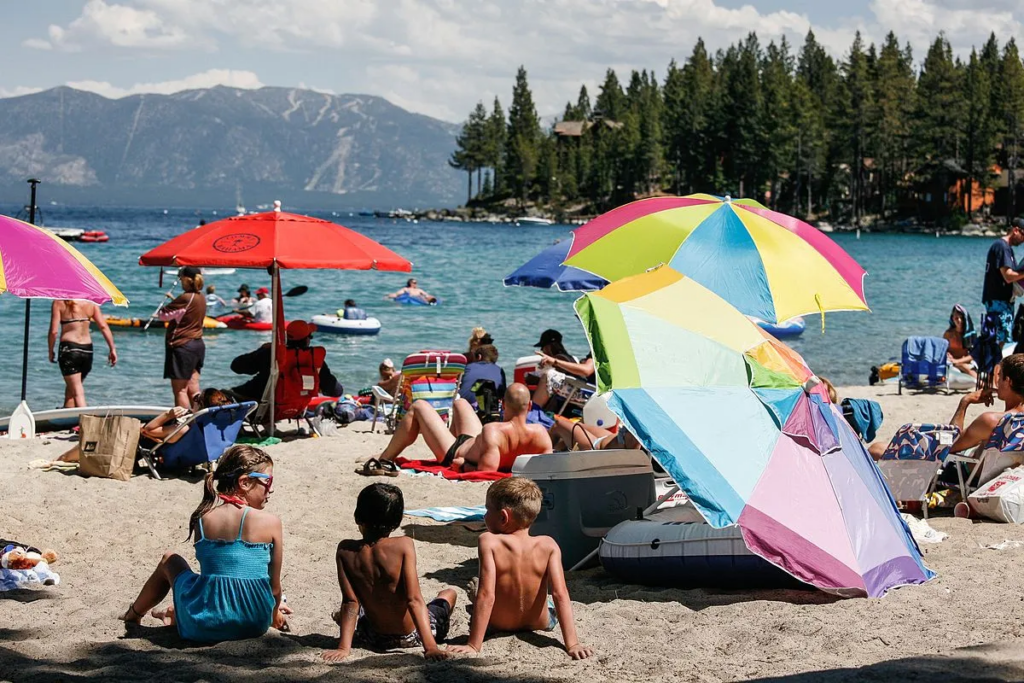In the bustling world of commercial space travel, SpaceX is primed to redefine the game with the imminent launch of the Jupiter 3, the largest commercial communications satellite ever built. Constructed by Maxar Technologies, this gargantuan spacecraft promises to reshape the horizon of modern connectivity. On July 26, from NASA’s Kennedy Space Center, a Falcon Heavy rocket, SpaceX’s venerable triple-booster workhorse, will roar into the Floridian sky, entrusting the future of broadband internet to the wings of this colossal satellite.
Next-Generation Communications Technology
Jupiter 3, part of the Hughes Jupiter satellite fleet, is a significant leap forward in communication technology. Its deployment will potentially double the current data rate capabilities of the Hughes fleet. This advancement extends far beyond simple home Wi-Fi augmentation, offering a significant boost to services such as low-latency internet plans and in-flight Wi-Fi.
Thanks to an innovative technological architecture, the Jupiter 3 incorporates advanced features such as miniaturized electronics, solid-state amplifiers, and significantly improved antenna efficiency. This enhancement in hardware has resulted in an astounding structure, equivalent to the wingspan of a commercial airliner once fully deployed.
Paving the Road to a Connected Future
The primary mission of Jupiter 3, after achieving geostationary orbit, will be to offer enhanced broadband services to North and South America. With a particular focus on serving remote and rural locations, this revolutionary satellite aims to fill the voids where traditional cable and fiber connectivity fall short. EchoStar, the parent company of Hughes, plans to increase its capacity by several hundred thousand customers with the Jupiter 3 launch.
The Challenger on Standby: Falcon Heavy
This mission will mark the seventh launch of the powerful Falcon Heavy rocket. Assembled from three Falcon boosters, this 230-foot marvel can generate a thrust close to 5 million pounds. After the initial stage separation, the Falcon Heavy is set to expend its core booster in the Atlantic Ocean, while its twin side boosters aim to execute simultaneous returns to SpaceX’s Landing Zones 1 and 2.
Similar Post
The Sonic Boom and Beyond
Local residents of the Space Coast will bear witness to the spectacular double booster landing. The sonic booms generated during the landing will undoubtedly mark a memorable event for onlookers, while also serving as a herald for SpaceX’s future missions. Notably, another Falcon 9 launch with additional Starlink internet satellites is already in the pipeline, slated for liftoff within 24 hours of the Jupiter 3 mission.
In the recent past, the launch of SpaceX’s Falcon 9 rocket induced an intriguing event—an unprecedented puncture in the ionosphere. As space exploration advances at an unprecedented rate, it becomes crucial to understand and mitigate potential environmental implications. As we brace for the launch of the Jupiter 3 and anticipate future missions, a balanced approach toward the sustainable progress of space exploration becomes essential.
SpaceX’s upcoming launch of the Jupiter 3 signals not just the evolution of connectivity and communication, but also the maturation of commercial space travel. As we look up to the night sky on July 26, it will not just be a satellite we’re launching, but a step toward a future of limitless possibilities.

















